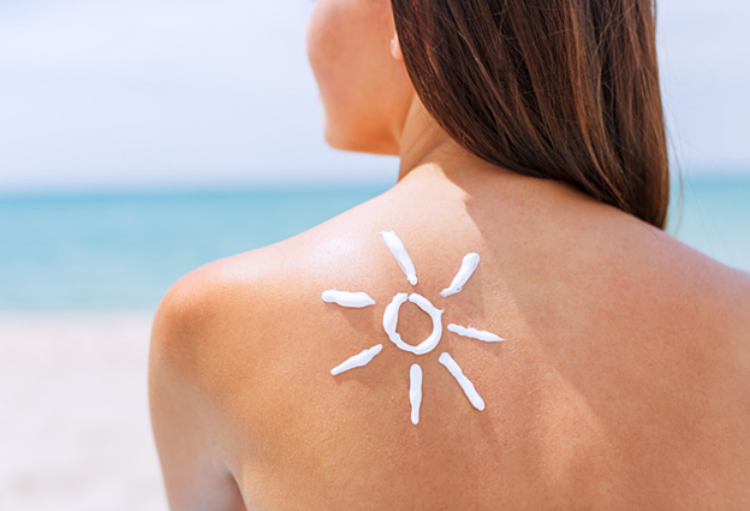Am I Allergic to the Sun? What You Need to Know About Sun Rashes

As the days grow longer and the warmth of the sun beckons us outdoors, it's important to remember that while sunshine offers many benefits, it can also pose risks to our skin.
While most of us are familiar with sunburns and the importance of sunscreen, there's another potential danger that often goes overlooked: sunrashes. You may have a sensitivity to the sun if you take certain medications, use certain products, or have a genetic predisposition.
What are Sun Rashes?
Sun rashes, also known as sun allergy or photodermatitis, are skin reactions triggered by exposure to sunlight. They can show up as red, itchy bumps, blisters, or patches of inflamed skin. These rashes typically occur within minutes to hours of sun exposure and can persist for days.
Types of Sun Rashes
Polymorphous Light Eruption (PMLE)
This is the most common type of sun rash, affecting individuals who are sensitive to sunlight. PMLE usually appears as itchy or burning red patches or small bumps on sun-exposed skin. While it can be uncomfortable, it's not usually serious and tends to improve with time
Solar Urticaria
This type of sun rash presents as hives or welts upon sun exposure. It can occur quickly after exposure and may cause significant itching and discomfort. Solar urticaria is less common but can be more severe in some cases.
Actinic Prurigo
This is a chronic condition characterized by itchy, red bumps or patches that develop after sun exposure. It often affects people with a genetic predisposition to sun sensitivity and can be quite uncomfortable.
Photoallergic and Phototoxic Reactions
These reactions occur when certain medications or chemicals on the skin react with sunlight, leading to a rash. Photoallergic reactions result from an immune system response, while phototoxic reactions occur when the substance directly damages the skin upon exposure to sunlight.
How to Prevent and Manage Skin Rashes
Protect your skin from the sun: You can do this by seeking shade, wearing sun-protective clothes, and applying sunscreen that offers broad-spectrum protection, water resistance, and an SPF of 30 or more to all exposed skin, including areas prone to rashes. Reapply every two hours or more frequently if swimming or sweating.
Check Your Meds: Your medication may be causing reaction when you go out in the sun. Medications that can cause an allergic sun reaction include ketoprofen (found in some pain meds) and these antibiotics — tetracycline, doxycycline, and minocycline. Consult with a healthcare professional if you're unsure about the sun-safety of any medications you're taking.
Avoid Certain Substances: Be cautious with skincare products, perfumes, and medications that may increase your skin's sensitivity to sunlight.
Stay Hydrated:Drink plenty of water to keep your skin hydrated, as dehydration can exacerbate skin reactions.
Consult a Dermatologist:If you experience persistent or severe sun rashes, consult a dermatologist for proper diagnosis and treatment. They can recommend specific skincare products, medications, or other interventions to manage your symptoms effectively.
While enjoying the sunshine is one of life's simple pleasures, it's essential to take precautions to protect your skin from potential harm. Sun rashes may not be as well-known as sunburns, but they can cause significant discomfort and affect your quality of life. By staying informed about sun safety and taking proactive measures to shield your skin, you can minimize the risk of sun rashes and enjoy the outdoors safely.
Source: American Academy of Dermatology

